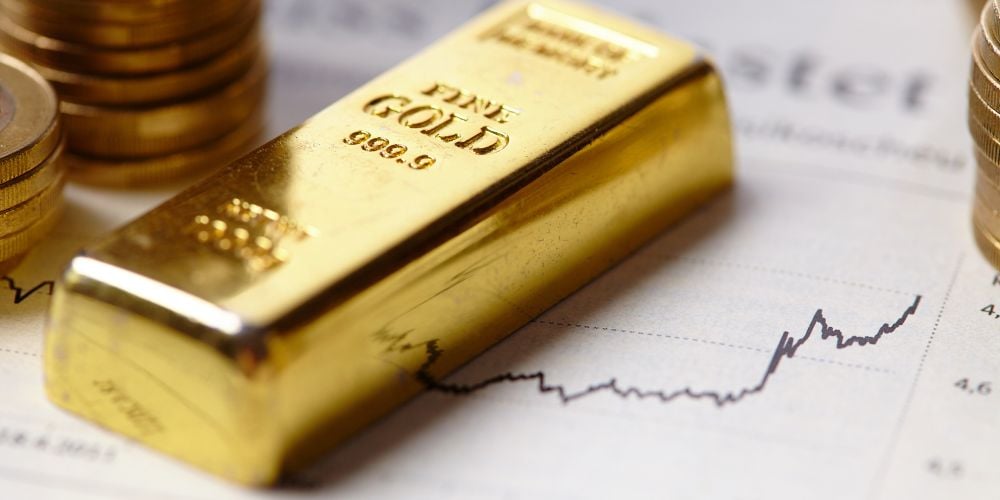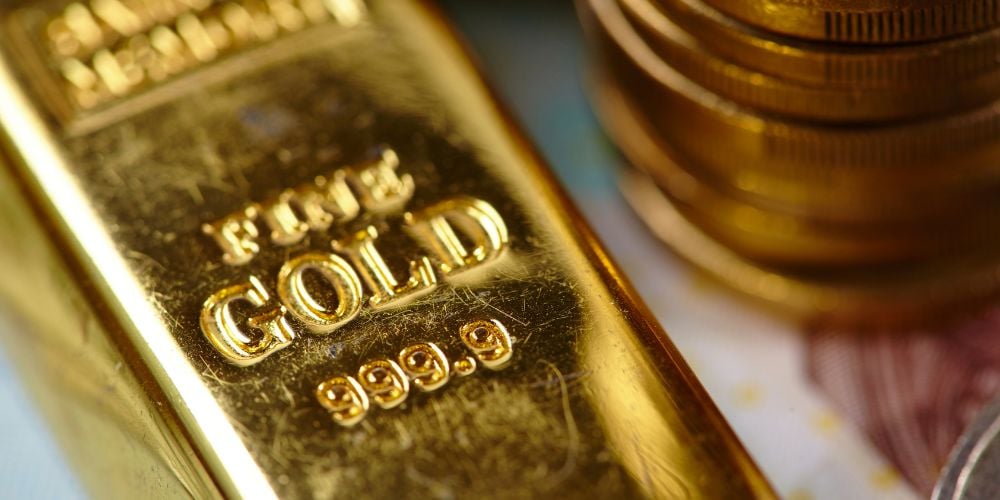Gold has been a symbol of wealth and a significant form of currency throughout history. Its value is determined by a variety of complex factors.
Understanding these can help investors make informed decisions. This article explores the major factors influencing gold prices.
Factors that Affect Gold Pricing
Gold Mining
Gold mining involves extracting gold from the earth. The rate at which new gold is mined and the cost associated with mining significantly affect its price. Mining becomes more challenging as gold deposits deplete, making new gold harder to extract, which can drive up prices.
Central Bank Reserves
Central banks hold large reserves of gold and their buying or selling decisions can dramatically influence the market. For example, if a central bank decides to increase its gold reserves, this can drive up gold prices due to the increased demand.
Recycled Gold
Recycled gold also contributes to the total gold supply. It typically comes from old jewelry and other gold items. This recycling helps meet ongoing demand and can stabilize gold prices by supplementing new gold supplies.

Demand Factors
Jewelry and Industrial Demand
Gold is in high demand not just for jewelry but also for various industrial applications, particularly in electronics. The global demand for gold in these sectors plays a crucial role in its overall market pricing.
Investment Demand
Investors often turn to gold as a safe asset during times of economic uncertainty. Investment can take many forms, including bullions, coins, and gold-backed ETFs. High demand from investors generally pushes prices upward.
Economic Factors
Inflation and Deflation
Gold is often seen as a hedge against inflation. When inflation rates rise, the value of currency falls, but gold prices tend to rise. During deflation, when prices decrease, gold still maintains its value, making it a preferable choice for preservation of capital.
Interest Rates
Generally, there is an inverse relationship between interest rates and gold prices. When interest rates are low, gold becomes more attractive as the cost of holding it is lower compared to other investments that yield interest.
Currency Fluctuations
Gold is primarily traded in U.S. dollars. When the dollar weakens, gold prices often increase as it becomes cheaper for investors holding other currencies to purchase gold.
Political and Geopolitical Factors
Political stability in a country can affect its gold prices. For example, political unrest can scare off investors, decreasing demand and forcing prices down. Conversely, global conflicts can lead to higher prices as gold is considered a safer investment.
Market Dynamics
Market Speculation
Speculators in the gold market buying and selling based on predictions about future price movements can cause price volatility. If the majority of market participants expect the price of gold to rise, their activities can drive up prices in the short term.
Futures Markets
In the futures markets, gold trading can also influence its current pricing. Futures contracts are agreements to buy or sell gold at a future date at a predetermined price. This can lead to fluctuations in gold prices based on expectations.

Global Economic Performance
Global economic performance plays a pivotal role in influencing gold prices. Broadly, when the global economy shows signs of weakness or uncertainty, investors often turn to gold as a safe haven, thereby increasing its demand and price.
Conversely, during periods of robust economic growth, investment flows might favor higher-yield assets, leading to a decrease in gold demand.
Additionally, the growth rates of major economies, like the U.S., China, and the Eurozone, significantly impact gold prices due to their substantial influence on global economic sentiment.
Emerging markets contribute significantly to the demand for gold, especially as wealth increases and gold is sought both for jewelry and investment purposes. The rapid economic expansion in these regions can lead to a higher consumption of gold, further buoying its global prices.
As these economies continue to grow, their influence on the gold market is expected to increase, making them critical to understanding future gold price movements.
Key Notes
Understanding market and non-market forces is vital in navigating the gold market. Regularly updated economic data and geopolitical news can provide important clues about future price movements.
Pro Tips
Investors should monitor global economic indicators and central bank decisions critically, as these can have significant impacts on gold pricing. Recognizing the root causes of geopolitical issues can also offer insights into market trends.
Frequently Asked Questions
How do gold mining costs affect its market price?
Mining costs influence the supply of gold. Higher costs can decrease supply, pushing up prices if demand remains constant.
Why is gold considered a safe haven in times of economic turmoil?
During economic uncertainty, gold’s value remains relatively stable, making it a preferred investment choice to mitigate risk.
What is the relationship between gold prices and the stock market?
Generally, gold prices inversely correlate with the stock market. When stock prices go down, gold prices tend to rise.
How do central bank policies worldwide impact gold pricing?
Central bank policies affecting currency valuation, interest rates, and financial stability can directly or indirectly manipulate gold prices.
Can technological advancements affect gold demand and pricing?
Innovations in technology can increase the industrial use of gold, potentially driving up demand and prices.
Conclusion
Gold pricing is influenced by a myriad of factors ranging from economic to political conditions. Understanding these factors can help investors make better decisions in both the short and long term.


 Tags:
Tags:










